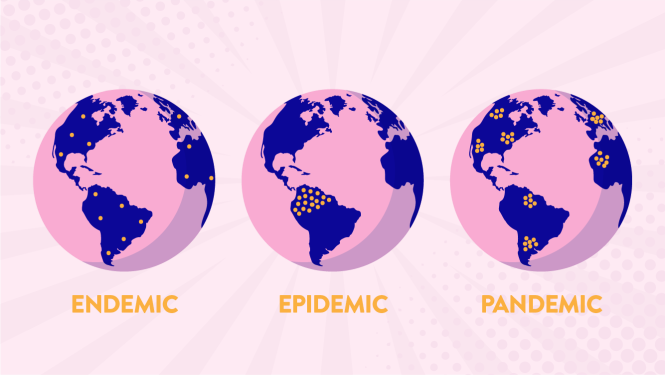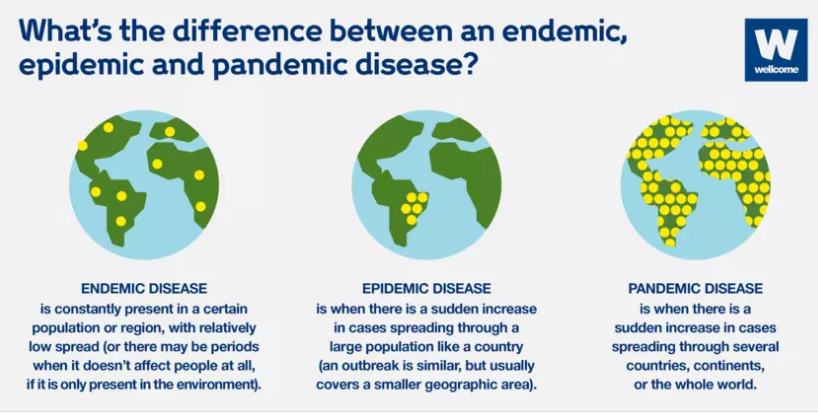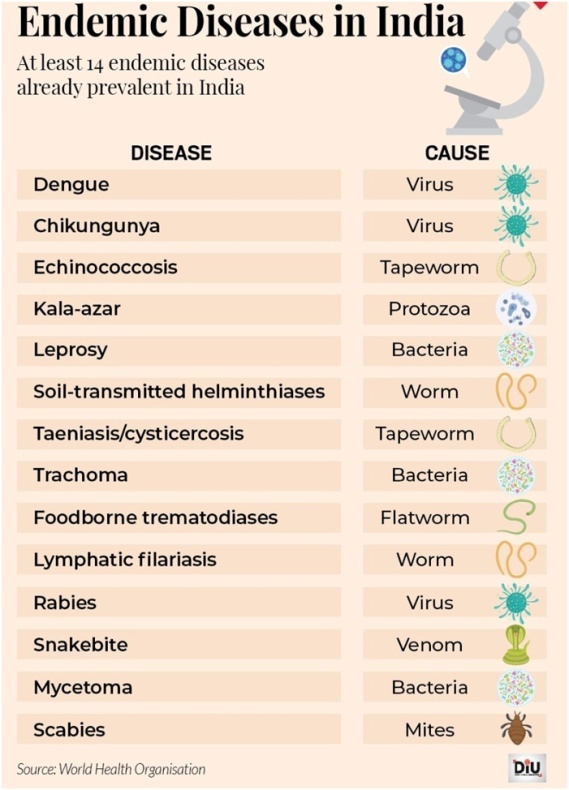Free Courses Sale ends Soon, Get It Now


Free Courses Sale ends Soon, Get It Now



Disclaimer: Copyright infringement not intended.
Context:
Differences between Pandemics, Epidemics, Endemic etc:

Outbreak:
Epidemics:
Pandemic:
Endemic:
Endemic stage of a pandemic: SARS COV-2:

https://indianexpress.com/article/explained/explained-pandemic-and-endemic-7784540/
© 2024 iasgyan. All right reserved